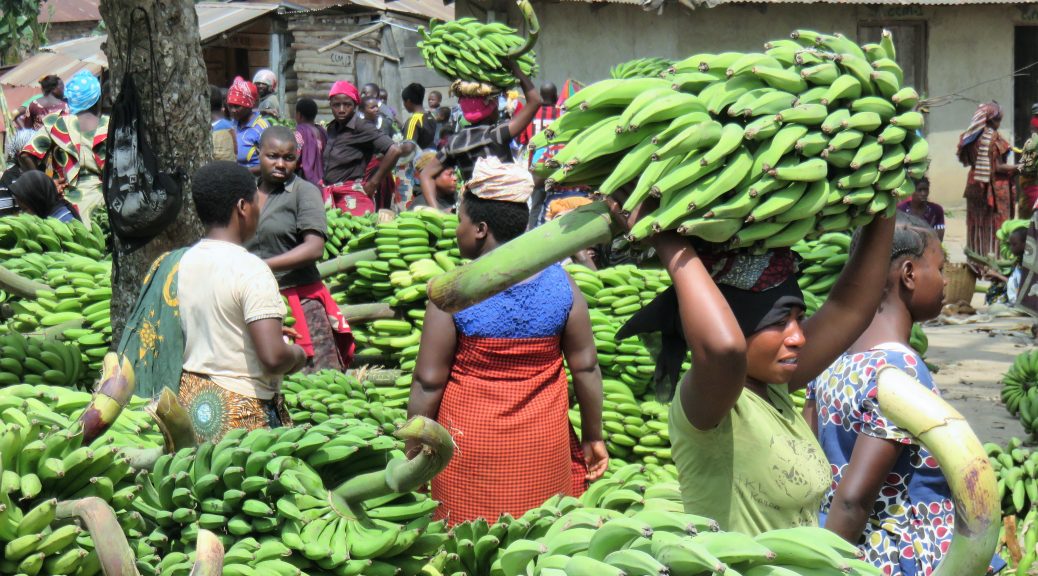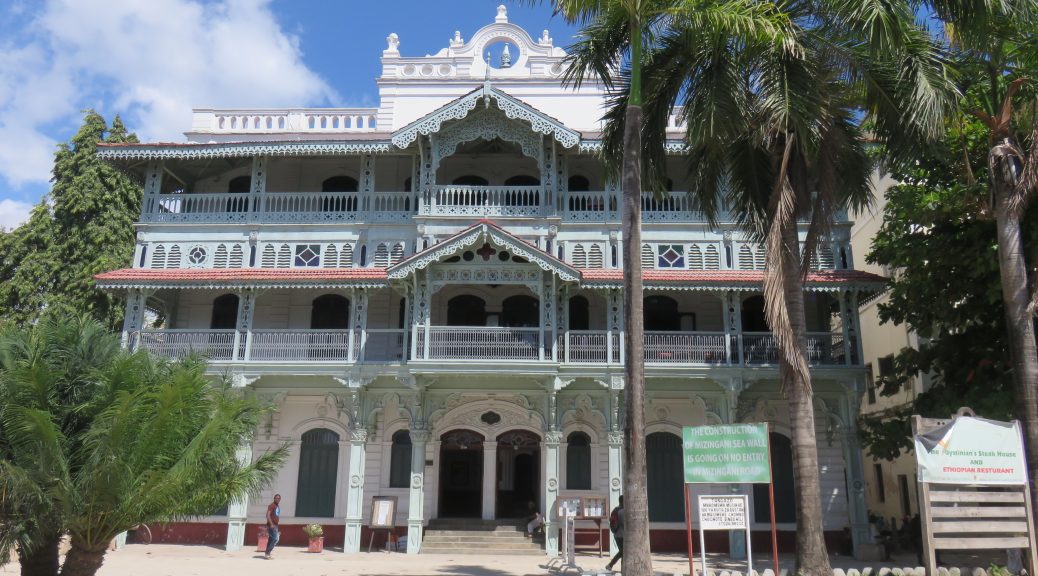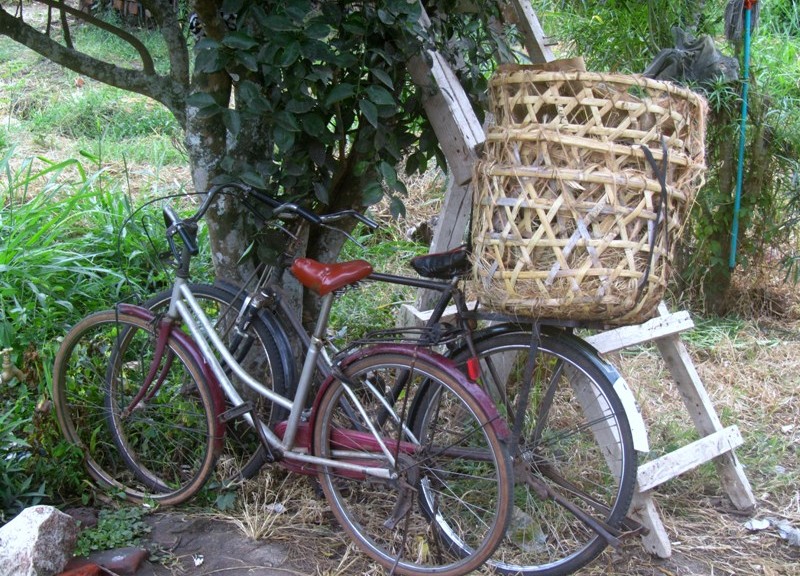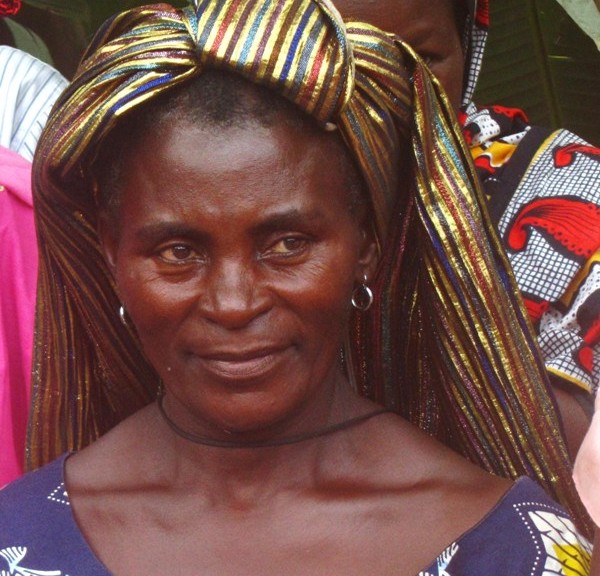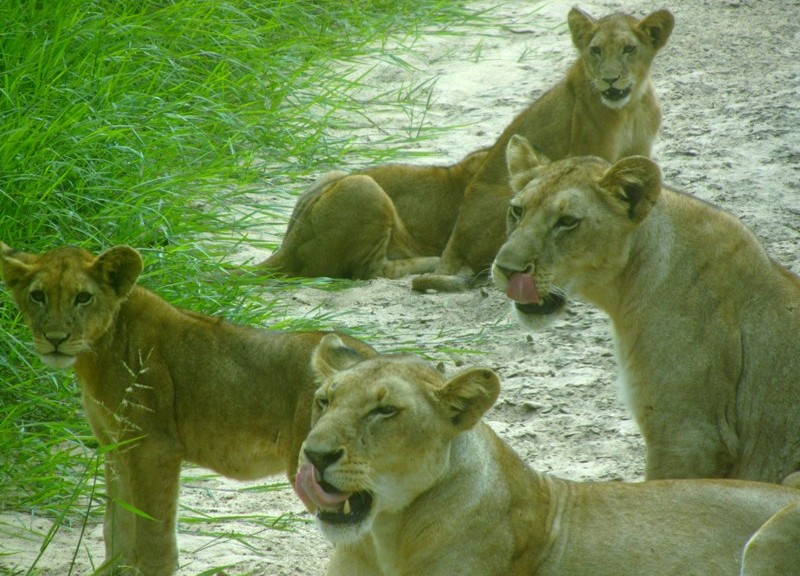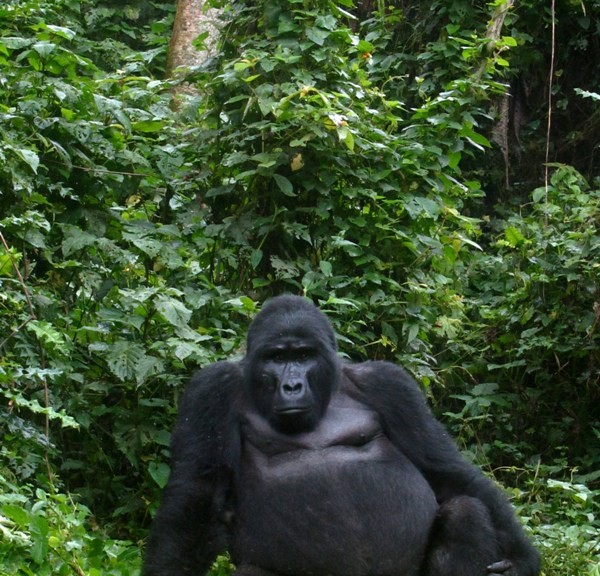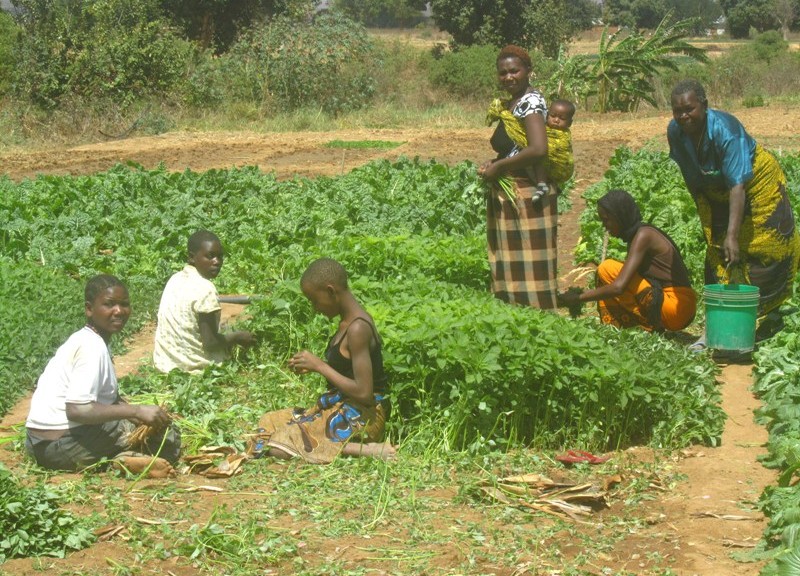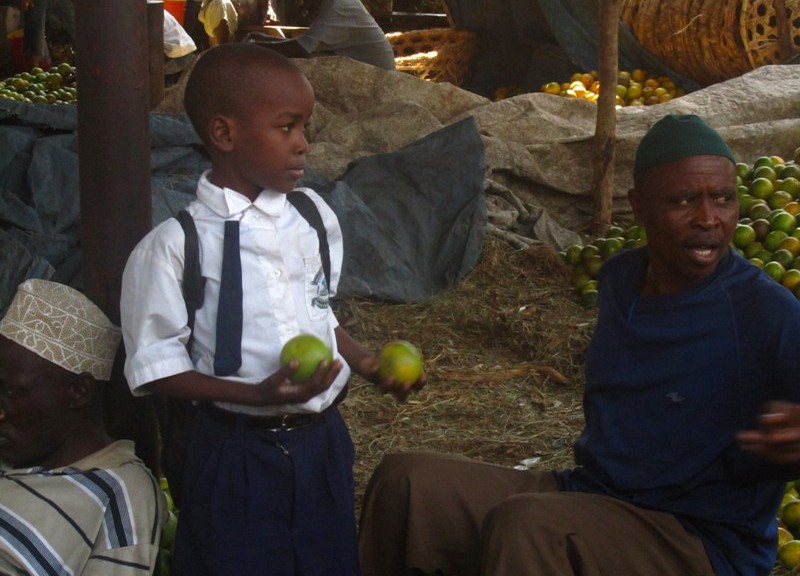On a free Saturday in Mbeya, Tanzania I contracted with a guide to take me off the beaten path to Ngosi Crater Lake, second largest in Africa – – if you are interested. And if you are still interested, the largest is in Ethiopia. My guide’s name was James Bond. I am pretty sure he was not the real James Bond…unless 007 hails from Africa. Also, he did not look at all like Sean Connery. Nor Roger Moore, Timothy Dalton, Pierce Brosnan, not even Daniel Craig. However we should never rule out anything with 007. In fact, I hear the next movie will feature a black female as the new 007. So perhaps my James Bond guide was the real deal.
Anyway, his first name was really James but he had selected the notable surname to attract foreign visitors like me. A very good marketing ploy. Perhaps he should have come to my marketing class as a guest lecturer. But I digress.
I have returned to Tanzania to reprise the business assistance I provided in two locations last year. This time my NGO selected two different locations: Morogoro in the center of the country and Mbeya in the southern highlands.
In each location I conducted a series of one on one meetings with small professional service businesses (e.g. software providers and food distributors) and then led a two-day training program designed to give these professionals more business tools with which they could better serve their own clients. They were particularly taken with a four step classroom exercise we introduced to generate new business:
- Brainstorm a list of prospective clients
- Schedule a meeting with one of the prospects (via a role playing exercise)
- Hold a mock visit to the prospect to determine his needs
- Deliver an elevator pitch to introduce the prospect to the service company and its offerings
They learned so quickly I took the rest of the day off.
That afternoon while walking in the countryside outside of my work city I came across a group of women mixing clay earth with a bit of water. They rolled the damp clay into the size and shape of a cigar. Since earth does not burn well I assumed they were not actually making cigars despite the shape. Nearby was a group of high school boys. I inquired as to the purpose of the clay cigars. From one of the boys I learned that a pregnant woman will take bites of the clay in order to provide necessary minerals for her developing unborn. This seemed unlikely to me, eating dirt to help the fetus? Besides the boy, while extremely friendly, was a bit unworldly.
He asked me if, when on an airplane, day would click instantaneously into night. (We tend to assume that knowledge or experiences we have are recognized by everyone. They are not.) The high schooler said he wanted to become a businessman. I asked, “What sort of businessman?” He replied, “a doctor.” Hmm, not usually considered a businessman, but okay. Since he wanted to become a doctor, perhaps the clay eating, mineral supplying explanation was correct. I later checked with a knowledgeable grown-up female. She confirmed the use of the clay cigars but said modern hospitals discourage their consumption. Undesirable worms and other biota may be swallowed as well.
These high school boys, like many Tanzanians who speak English, have a charming habit of appending an “i” to the end of words. Food becomes foodi. The guy who assists the groom at a wedding is the besti mani. Even my university educated client, Rashid, told me his name was Rashidi.
—————-
I have refined packing for an assignment into a fine art. I developed a comprehensive check list of clothes, electronics, business documents – – absolutely everything I will need to dress and to conduct my work. Despite this preparation I always, always manage to forget something essential. This time it was my socks. I wore a pair to the airport but failed to pack additional socks. And since I did not want to wear the same pair for 30 consecutive days, on my first day in country, I visited a mall where I purchased multiple pairs, enough for a robust sock rotation program.
Walking back to my hotel I got a bit geographically disoriented, so I consulted Google Maps on my iPhone. In doing so I violated several common sense rules of walking in a poor country…or a rich country too, for that matter.
- Never walk in public with your head buried in your phone. (Be aware of your surroundings)
- Do not walk with your back to the flow of traffic (Always face the traffic)
- Do not carry your newly purchased bag of socks on the street-side of your body (Better away from the street)
So, as I was consulting the map on my phone, back to traffic, oblivious to my surroundings, a motorcycle sped past me and the driver snatched the bag of socks from my street-side hand and sped away. Fortunately, the much more valuable phone was in my opposite hand away from the road and out of his larcenous reach.
Oh well, lesson learned, and I figured he needed the socks more that I did. Or perhaps not, he already could afford a motorcycle.
On a related note, I met a woman in a restaurant who suggested I purchase new tires for her car. I declined. I had previously donated socks to a motorcycle driver.

